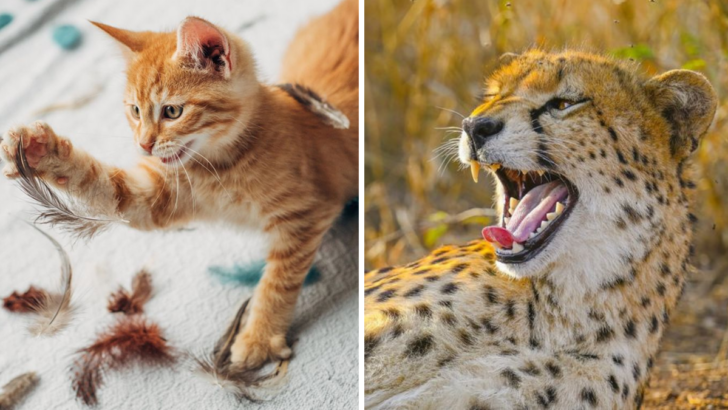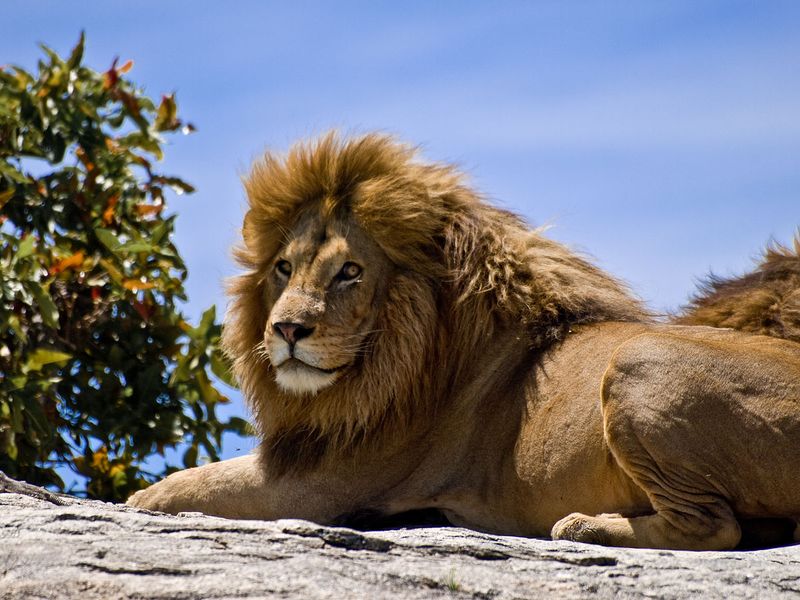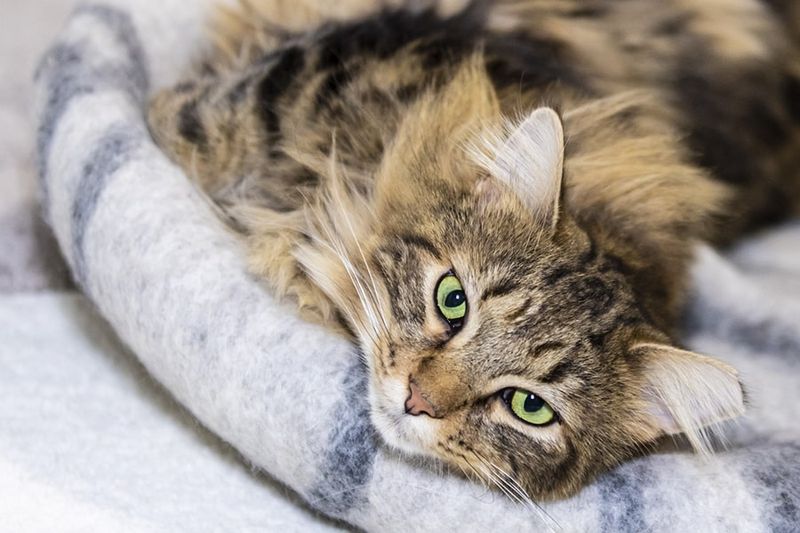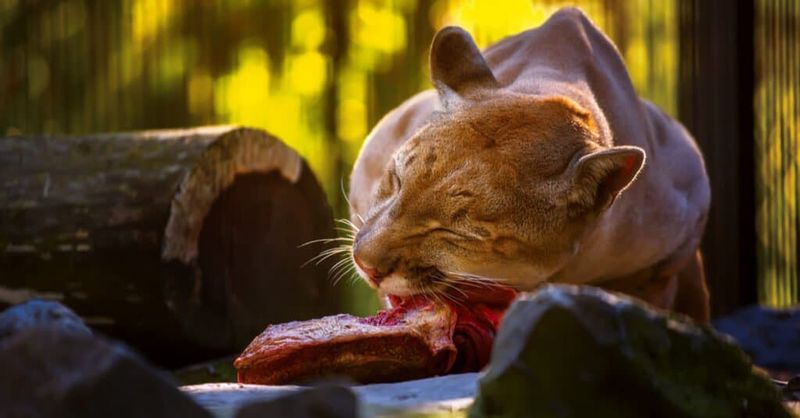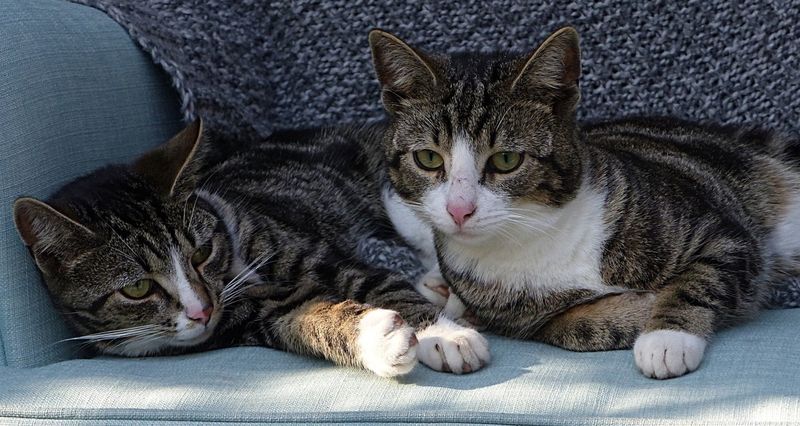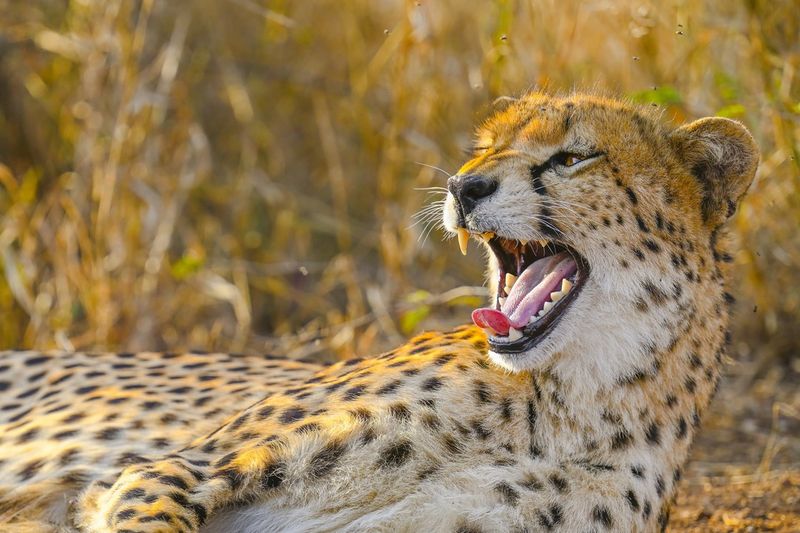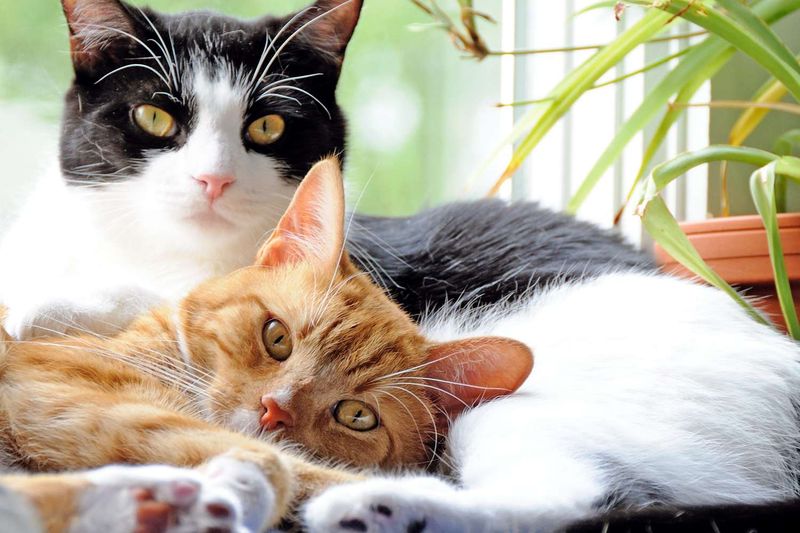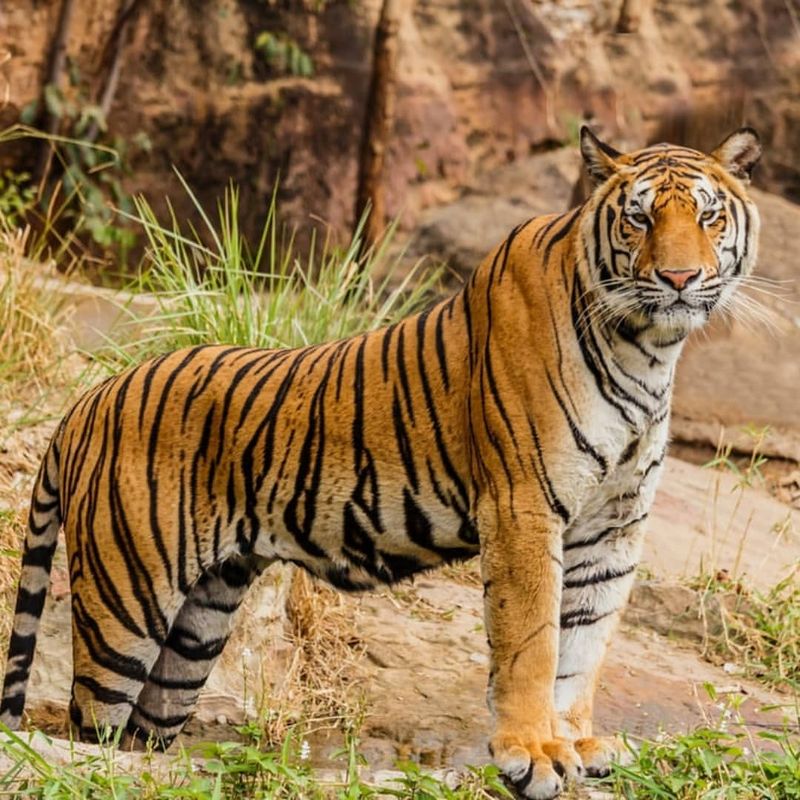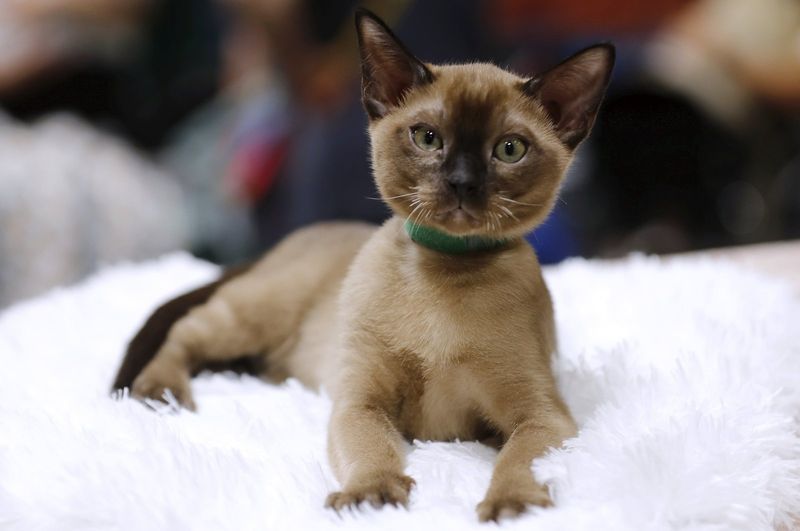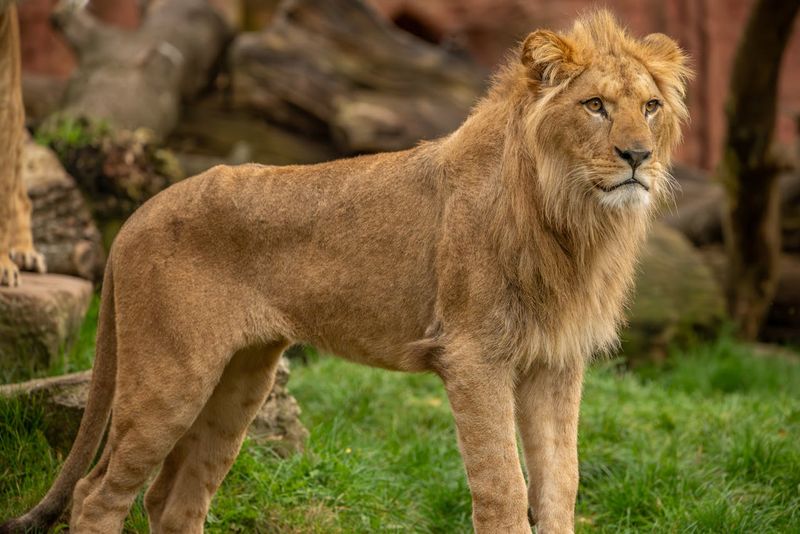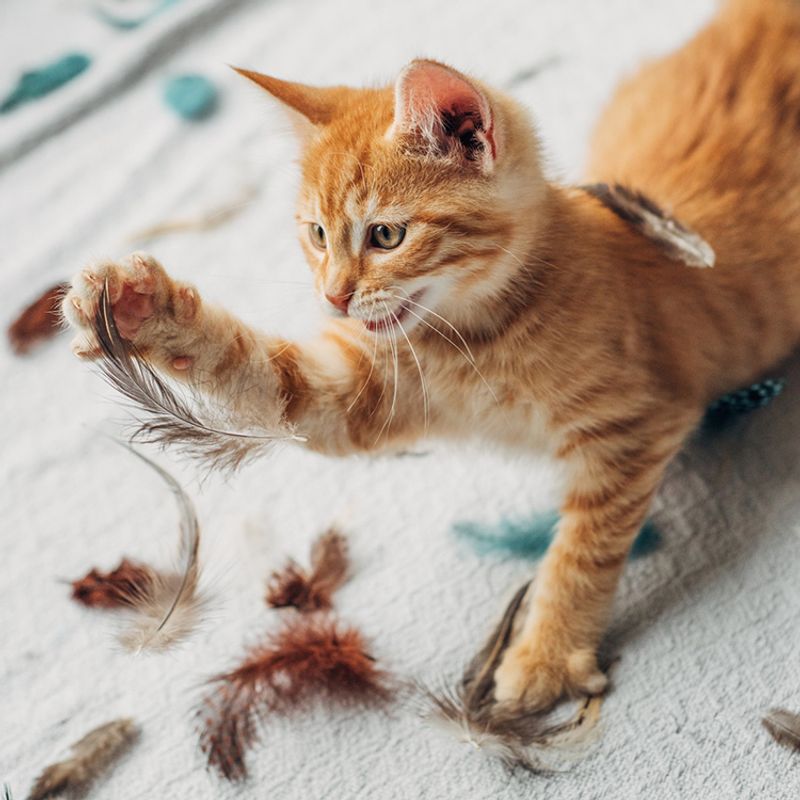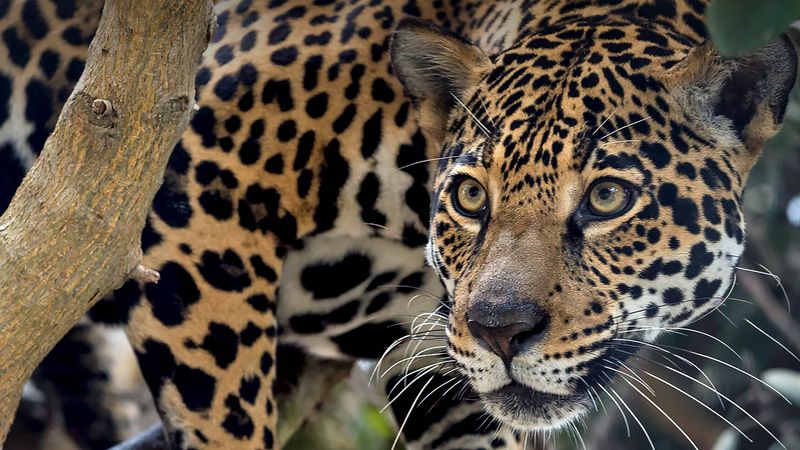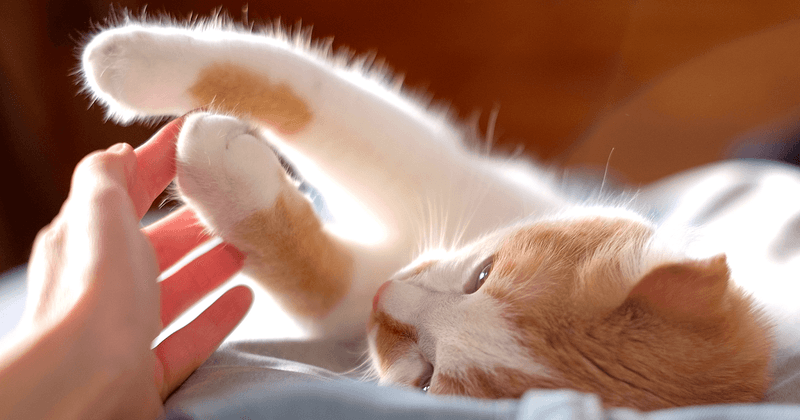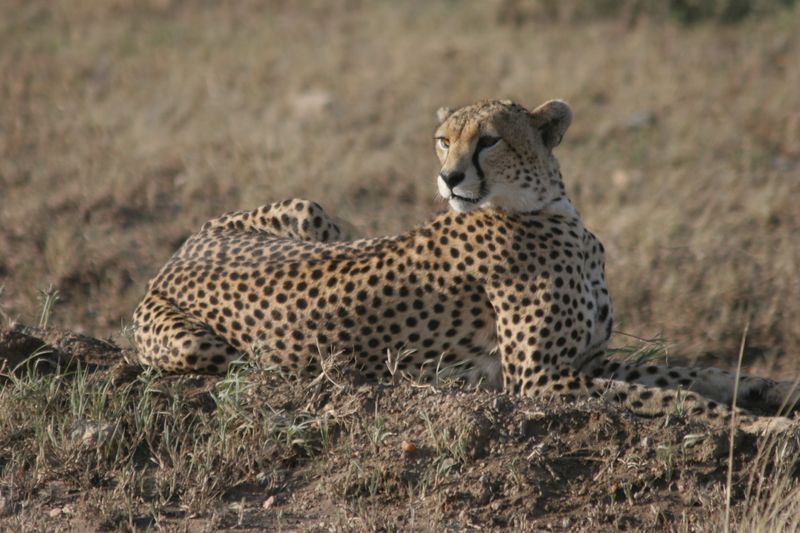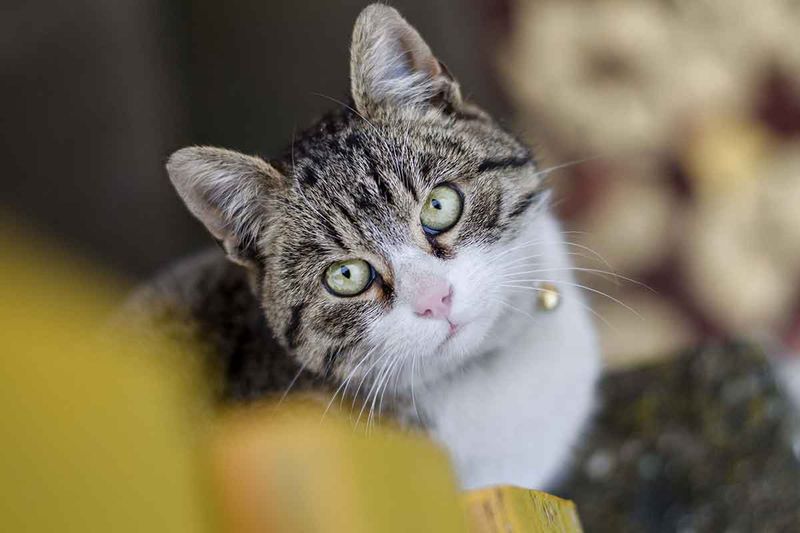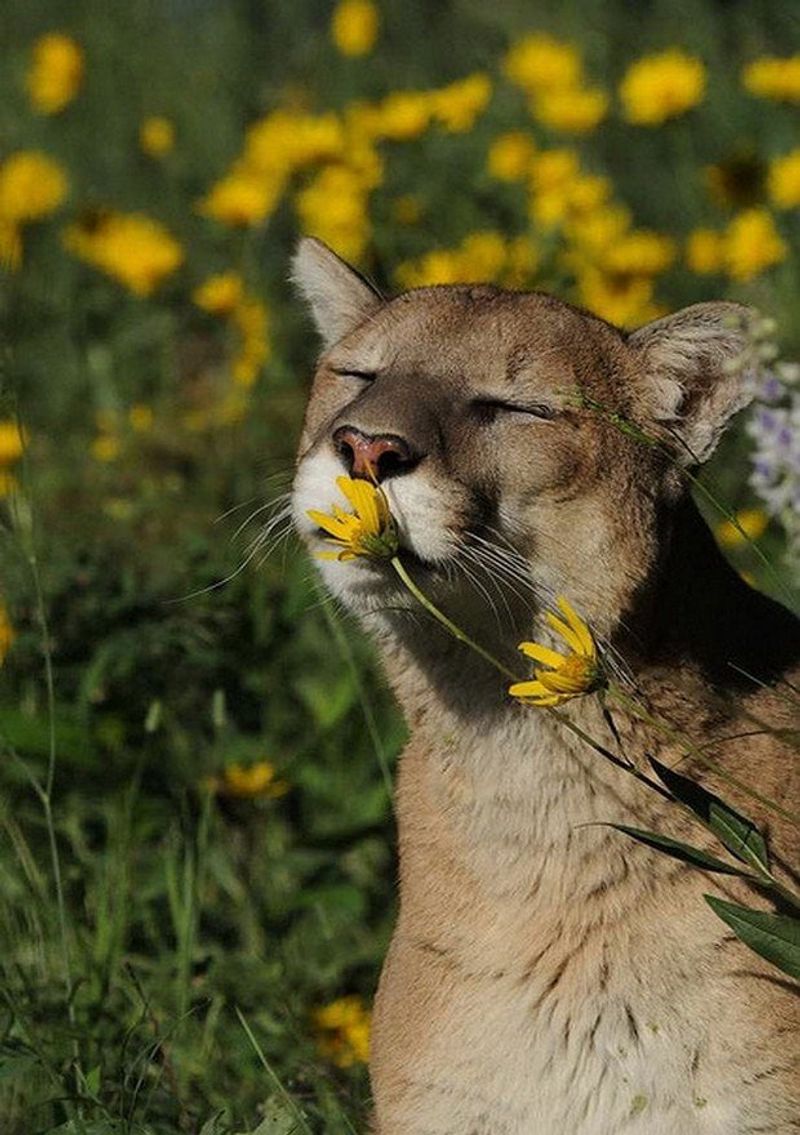Pet cats and big cats may share some similarities, but their differences are striking and reflect the diverse environments in which they thrive. From their physical capabilities to their behavior, these two categories of felines have adapted to very distinct lifestyles. While domestic cats live in our homes, big cats roam the wild and embody the raw power of nature.
Their paths to domestication have shaped their personalities and interactions with humans, creating a unique bond with their owners. Meanwhile, the wild nature of big cats has preserved their instincts and behaviors, which make them formidable hunters. The contrasts between the two are not only fascinating but highlight how evolution has influenced each species.
Though both belong to the same family, their roles in the world could not be more different. Whether it’s how they navigate their surroundings or the way they approach life, the distinctions are clear. These differences not only set them apart but also make each cat species incredibly unique in its own right.
1. Size and Appearance
Pet cats, like the common house cat, are typically small, agile, and weigh around 8 to 10 pounds. On the other hand, big cats like lions or tigers can weigh up to 500 pounds or more. Their size makes them apex predators in their natural habitats.
The physical appearance also varies significantly. Domestic cats have softer features and a variety of fur colors and patterns. Big cats, however, display bold markings and robust physiques suitable for hunting. This stark contrast in size and appearance makes each encounter with these majestic creatures a unique experience.
2. Habitat and Lifestyle
Known for their flexibility, domestic cats are often seen resting comfortably at home, relishing the warmth of furniture and human companionship. They adapt well to city life, making themselves at ease in indoor settings.
In contrast, big cats inhabit vast wild territories such as jungles, savannahs, and forests. They require large spaces to roam and hunt, reflecting their wild instincts. While pet cats have a lifestyle centered around humans, big cats lead a life driven by survival and predation in the wild. These differences underline the adaptability and survival skills unique to each.
3. Dietary Needs
Commercially prepared foods, like kibble and canned meals, are the primary source of nutrition for pet cats, providing a balanced diet. Often, owners enhance their cats’ meals with treats or special food items.
In the wild, big cats hunt for their food, preying on animals like deer or antelope. Their diet is rich in protein and fat, essential for their energy needs. This difference in dietary habits reflects the domesticated nature of pet cats versus the predatory instincts of big cats. Both have evolved diets that suit their lifestyles perfectly.
4. Social Behavior
While domestic cats can share their homes with other cats, they are generally more independent, enjoying personal playtime or human interaction. Their social needs are low, and they form deep, individual bonds with their humans.
Big cats, depending on the species, display varying social behaviors. Lions, for example, are highly social and live in prides, showcasing complex social structures. Other big cats, like leopards, are solitary. This range in social behavior highlights the diversity among cat species and their adaptations to living environments.
5. Vocalization and Communication
With gentle meows, purring, and the occasional hiss, pet cats communicate a range of emotions like affection, hunger, or displeasure. Their vocalizations are fine-tuned for human interaction, frequently used to draw their owner’s attention.
In contrast, big cats use roars, growls, and other vocalizations to communicate with each other over long distances. These sounds are crucial for territory establishment and mating calls. This divergence in communication styles stems from their different social structures and environmental needs.
6. Reproductive Habits
Reproduction in cats occurs several times annually, with litters often containing anywhere from one to eight kittens. These kittens are usually cared for in safe, controlled settings to protect the health of the mother and her young.
Big cats, such as lions or tigers, have more extended intervals between births. Their cubs are raised in the wild, facing survival challenges. The mother provides protection and teaches essential survival skills. These differing reproductive habits highlight the influence of domestic vs. wild environments on cat species.
7. Lifespan and Health
Pet cats often live longer, with lifespans reaching up to 15 to 20 years, thanks to vaccinations, regular vet visits, and a controlled environment. They enjoy prolonged health with proper care and nutrition.
Big cats face different longevity challenges due to predation, habitat loss, and human conflicts. Their lifespans are generally shorter, averaging around 10 to 15 years depending on species and environment. The health and lifespan differences emphasize the advantages and challenges faced by cats in domestic versus wild settings.
8. Conservation Status
Abundant and cherished, pet cats are found in homes around the world. Their stable conservation status is a result of domestication and the attention they receive from their human caretakers.
Big cats, however, face varying threats, including habitat destruction and poaching. Many species, like the snow leopard, are endangered, necessitating global conservation efforts. This difference in conservation status underscores the impact of human intervention and the importance of preserving wildlife habitats to ensure the survival of these majestic creatures.
9. Hunting Techniques
As far as differences go, domestic cats mimic their wild ancestors by playfully stalking toys, while big cats like lions rely on strategic cooperation and stealth in their hunting methods. Their teamwork in the wild results in more successful hunts. In contrast, domestic cats have their dietary needs met by their owners, so they don’t need to hunt for survival.
The hunting prowess of big cats is a necessity for survival, honing skills passed through generations. Meanwhile, domestic cats retain hunting behaviors primarily for play and stimulation, showcasing their innate predatory nature in a safer environment.
10. Energy Levels and Activity Patterns
Bursting with energy, domestic cats are known for their playful moments followed by long naps. Their lifestyle is a perfect blend of active bursts and relaxed rest. Big cats, however, require more endurance, as their survival depends on energy-intensive tasks like hunting.
While domestic cats may indulge in frequent rest, big cats are active during optimal hunting times. This reflects their adaptation to different environmental needs. The relaxed nature of domestic cats is tailored to domestic life, unlike the demanding activity patterns of their wild counterparts.
11. Territorial Behavior
Territorial behavior is prominent in both domestic and big cats, but it manifests differently. Domestic cats mark their territory with scent glands on furniture and by scratching. This behavior establishes a sense of ownership in their living space.
Big cats, like tigers, define large territories in the wild, patrolling and marking with scent to ward off rivals. Their territorial instincts are crucial for survival, securing food and mating opportunities. Domestic cats’ territorial actions are more about comfort and less about survival, reflecting their adapted pet lifestyles.
12. Independence and Bonding
Independent yet affectionate, domestic cats form deep connections with their owners, enjoying both companionship and their own space. This unique balance defines their domesticated way of life. Their ability to love and thrive on their own terms makes them truly special.
Big cats, such as leopards, exhibit greater independence, often living solitary lives except during mating or rearing cubs. Their solitary lifestyle is a survival strategy, reducing competition for resources. The bond between domestic cats and humans reflects a social adaptation absent in most big cats, highlighting the unique companionship possible with pets.
13. Play Behavior
Play is a significant part of a domestic cat’s life, contributing to their physical and mental well-being. They engage in playful activities like chasing strings or batting at toys. This behavior mimics hunting skills, providing stimulation and exercise.
Big cats, such as lion cubs, also exhibit play behavior, but it serves a different purpose. Play-fighting helps them develop essential skills needed for hunting and survival in the wild. While play is a leisure activity for domestic cats, it is a crucial developmental step for big cats, preparing them for adult life challenges.
14. Cognitive Abilities
Cats are intelligent creatures, with domestic cats showcasing problem-solving skills through puzzles and interactive toys. This intelligence is stimulated by their environment, enhancing their adaptability and mental agility.
Big cats, like panthers, demonstrate cognitive abilities in strategic hunting and navigating complex social structures. Their intelligence is vital for survival, requiring quick thinking and adaptability. The cognitive skills of domestic cats are often honed through play, whereas big cats develop theirs through real-world challenges, reflecting their distinct lifestyles and survival needs.
15. Senses
Both domestic and big cats have highly developed senses, yet they serve different purposes. Domestic cats have acute hearing and night vision, useful for detecting prey or navigating homes in low light. Their whiskers are sensitive, aiding in spatial awareness.
Big cats, like cheetahs, rely on exceptional sight and speed for hunting. Their senses are finely tuned to detect and chase prey across vast distances. The sensory differences reflect their habitats, with domestic cats adapted to indoor environments, and big cats to the demands of the wild. Both demonstrate remarkable sensory adaptations.
16. Training and Human Interaction
Teaching domestic cats new behaviors is both achievable and rewarding, particularly with clicker training and other positive reinforcement techniques. These methods promote a strong, cooperative relationship while enriching the cat’s life. Cats can easily master tricks and commands, strengthening their bond with humans.
Big cats, such as lions, may be trained for conservation or educational purposes, but this requires expertise and caution. Their interaction with humans is limited and controlled, emphasizing safety. The difference in training reflects their environment and role in human life, with domestic cats thriving in interactive settings, unlike the complex dynamics involving big cats.
